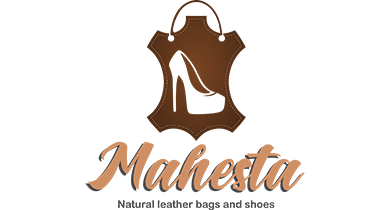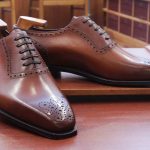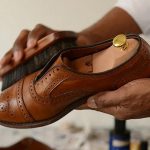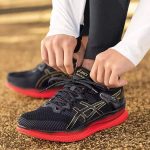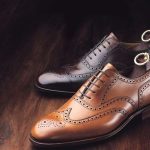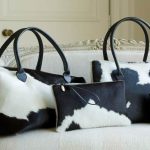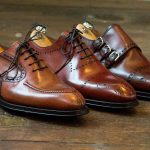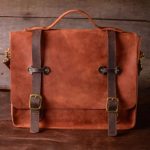
Leather Walking Shoes Production Process
You might wonder what the production process is for making leather shoes, especially if you are interested in walking with those shoes that are made of leather
In this article, we will go through different steps of the process
Step 1: Step one of the shoemaking process involves the design team
During the manufacturing of shoes, various departments are responsible for various components of the process
If you intend to launch your own private label, you will require assistance from the prototype stage all the way through production of the final good
And to start things off, we have the design department
These are the individuals who have a strategic and imaginative perspective
Those individuals who are knowledgeable about both the aesthetic and functional aspects of shoe design

The customer will give the original sketches, and the in-house designers will then modify those ideas to ensure that they are suitable for the shoemaking process
While some shoe designers prefer to sketch their designs by hand, others prefer to utilize a computer
However, every finished design will show the shoe from a variety of different perspectives
Step 2: The Shoe Last Department In order for a shoe to be put into production, it must first be fitted with a last
This is the material foundation upon which your shoes are constructed
A shoe last is a form that is used to give shoes their shape by imitating the contour of a foot
Wood was the traditional material for these, although nowadays plastic and metal are now commonly used instead
A last is required for every pair of shoes, both left and right, so that the shape and size of the shoe may be decided
However, a last is not just a vaguely foot-shaped lump of wood, and there are a number of considerations that need to be made before making one
This includes the rolling motion of the foot when walking and how factors such as heel height will be affected as a result of this motion
Towards the end of the process of making shoes, the last is inserted into the shoe so that the shoe can be shaped around it
After the shoe is nearly finished, it is used once more to ensure that the final fit will be consistent with the design of the shoe
Step 3: Stamping and Sewing: Constructing footwear is a true craft, in part because there are so many different components that go into making a single pair of shoes
After the high-quality leather that will be used for the shoe’s components has been cut into the necessary shapes, the following step in the manufacturing process is stamping

Now, the upper part of the shoe is called a shaft, and the individual pieces of leather that go into its construction are stamped, also known as marked
This is done so that there is no room for misunderstanding when they are sewed together
After the parts have been stamped, they are labelled to show where eyelets need to be punched in order to complete the assembly
Also marked are the shoe’s perforated accents, such as a brogue, if it is intended for the shoe to have such details
Also, the points of the leather that will be stitched together to form a seam are being cut at this time
Before sending the shaft to the sewing department, the areas of the leather that will be stitched are first trimmed down to a thinner width
Step 4: After being sewn, the shoe is then delivered to the department that is responsible for die assembly
This concludes step four, which is the assembly of the shoe
It should come as no surprise that this refers to putting the shoes together; in fact, this is the very first step in the manufacturing process for your shoes
A method known as “Goodyear welting” might be utilized for the construction of traditional Derby or Oxford-style footwear
Step 5: If you’re establishing your own shoe line, you’ll be delighted to know that your shoe is taking shape pretty beautifully by the time you get to the fifth step, which is to add the insoles and the decoration
However, it does not appear to have a very fashionable appearance, and the interior is still of a rough and ready kind
In order to remedy this situation, a filler layer is inserted
Cork is typically utilized as the filler because of its flexibility, which is necessary to maintain both comfort and freedom of movement
The foundation for the insole, which will be bonded and then securely sewn to the welt after this step has been completed, will be leveled as a result
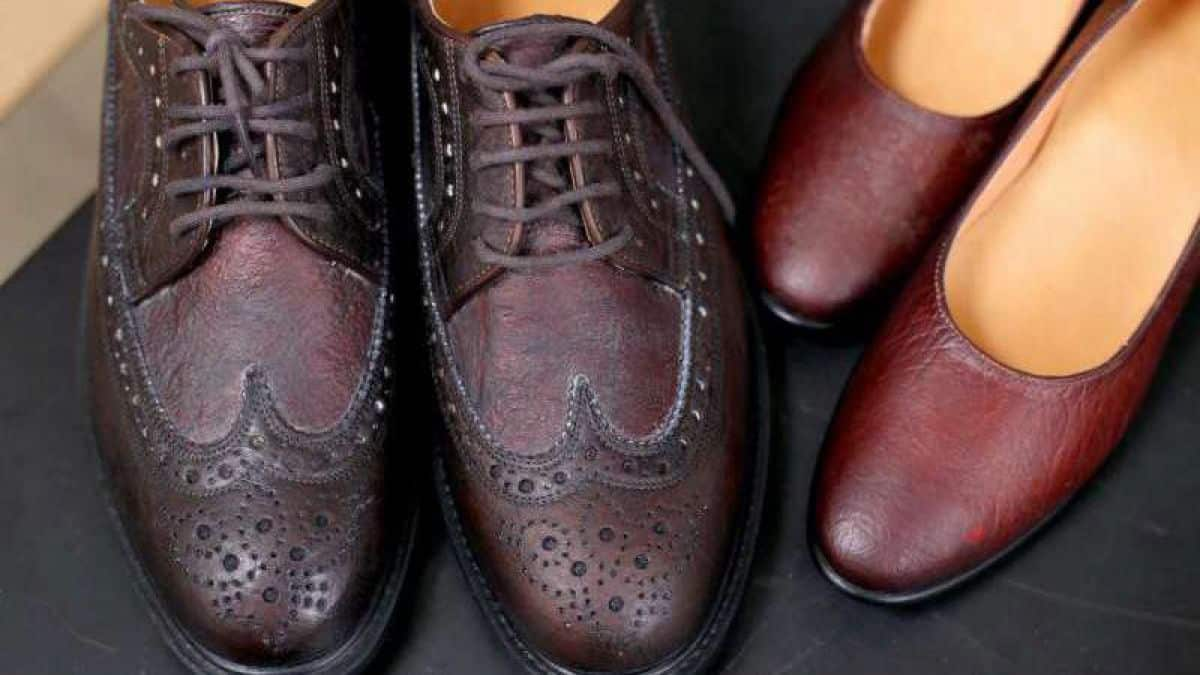
As you’ve probably deduced by now, the production of shoes is a highly skilled and complicated process
However, we aren’t quite done with the shoemaking process just yet
After this step, the pins that were inserted into the heel will be removed, and the resulting holes in the leather will be filled and sealed
At this point, any ornamental perforation that needs to be taken care of will be done so
Or, if the surface of the shoe is smooth, the seam holes are meticulously concealed using a process that involves ironing, dying, and polishing the material
The next step is to abrade the edge of the heel and the outsole of the shoe, and then embellish the portion of the welt that is exposed
The next step is to compact the double seam, and then the heel and the points of the sole are colored
In the very end, but certainly not least, a half-insole bearing the brand’s emblem is placed in the shoe, and it is meticulously cleaned
Step 6: When it comes to learning how to have shoes created, you are virtually an expert after completing Step 6, which is known as “The Shoe Room
” And now we’re getting close to the finish of this trip
The final destination is the shoe room
For someone who is passionate about shoes, hearing this can sound like a dream come true
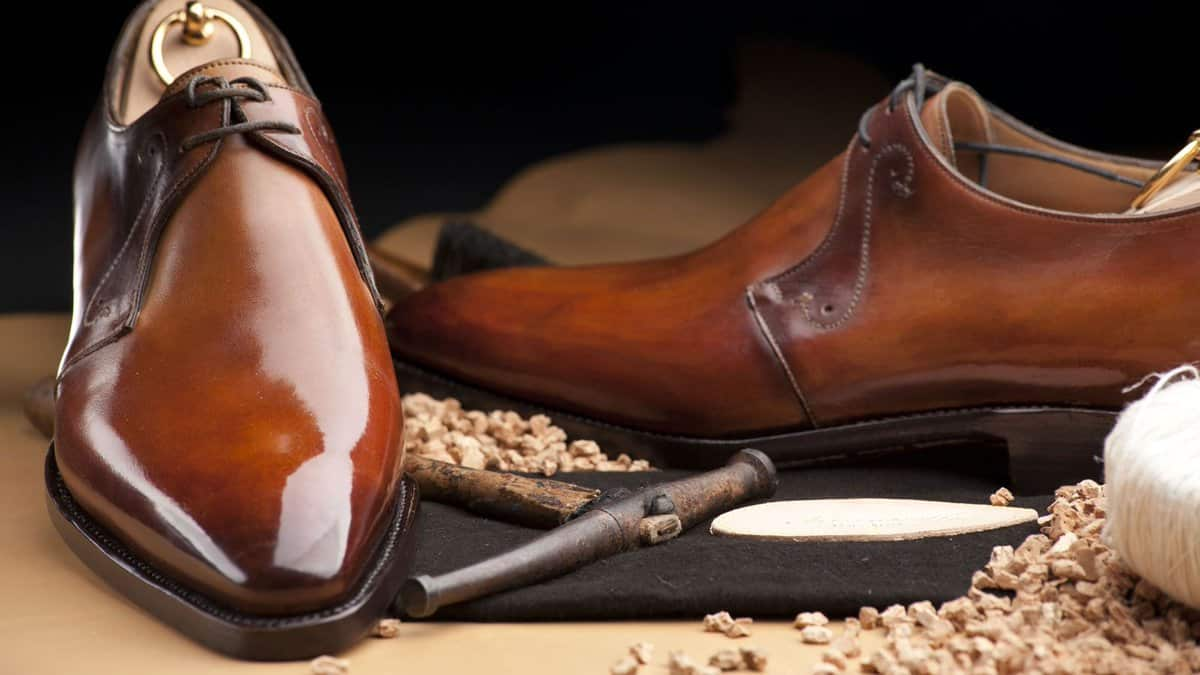
On the other hand, rather from being a walk-in closet stuffed with brogues and boots, this is the place where shoes go to receive one last tender touch
In the finishing department, bespoke shoes are given the finishing touches that distinguish them from their more affordable relatives
These finishing touches include the following: The shoes are given a brilliant shine by being polished, and if the style calls for it, they are also laces up
After that, each and every pair of shoes goes through an exhaustive final quality inspection
After that, they are put into packaging and sent to the merchant, where they await a discriminating buyer – perhaps you!? – who will purchase them and wear them with pride
